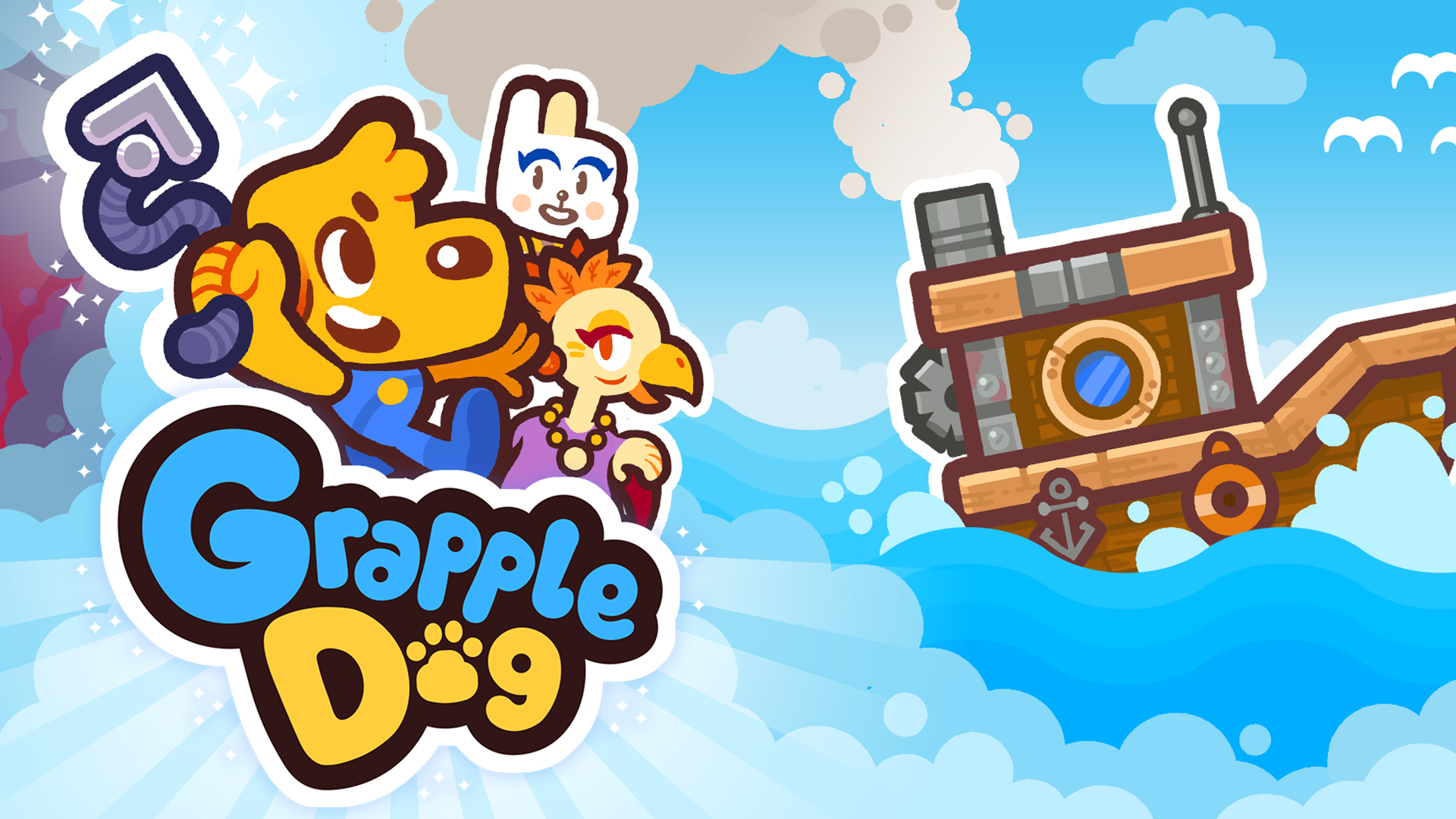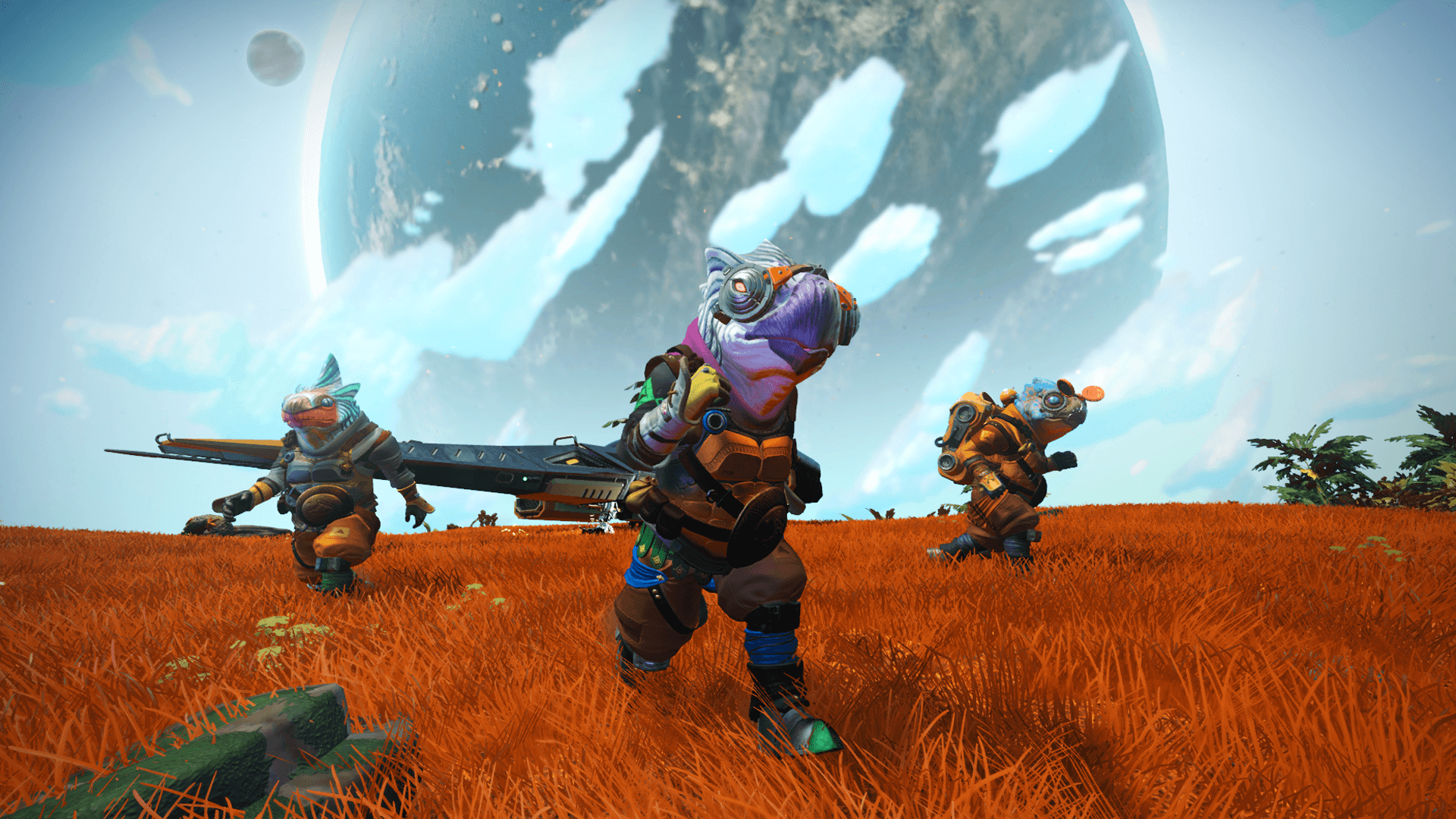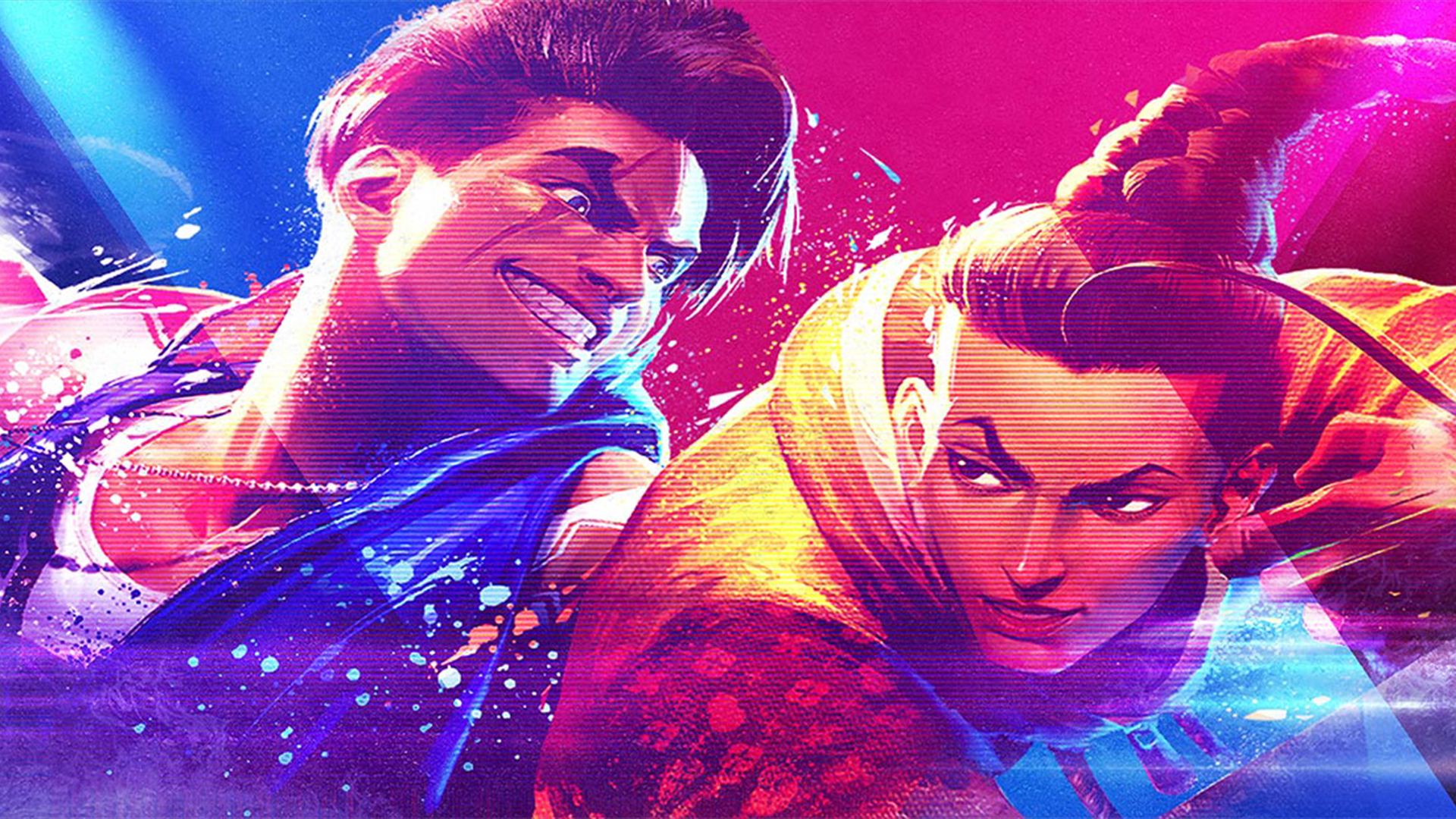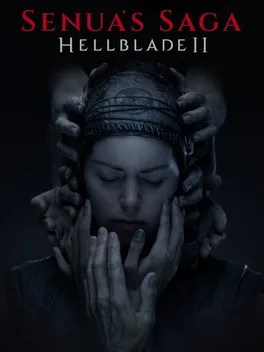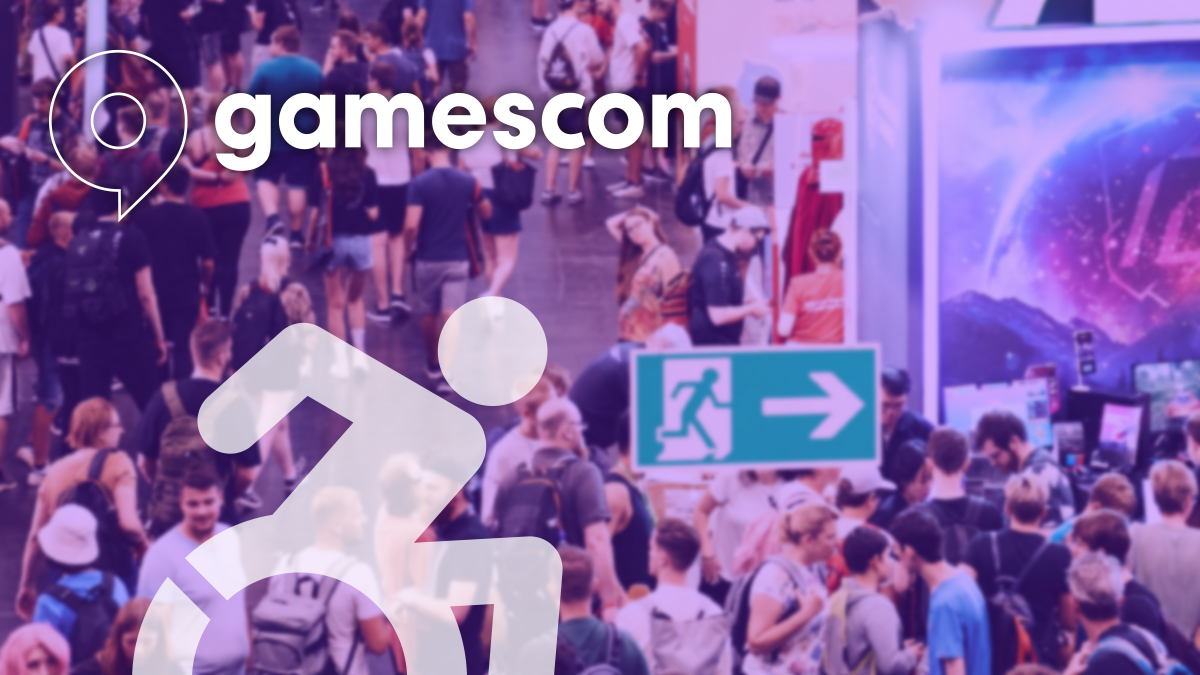Senua’s Saga: Hellblade II is the highly-anticipated sequel to the 2017 Ninja Theory action-adventure sleeper-hit. While Hellblade II still suffers from many of the same barriers held by its predecessor, it has been featured fairly prominently in Microsoft’s recent marketing centered around accessibility. Set an unspecified amount of time after the first game, the story sees Senua willingly captured and taken to Iceland in an attempt to exact revenge on the slavers who killed her beloved and burned her village. Along the way she assists new allies in finding the courage and strength to destroy a group of mythical giants terrorizing the land.
More accessible than its predecessor
Hellblade II is more conscious of accessibility than its predecessor. Those with motor-impairments will find a lot to enjoy, even if it isn’t perfect. The settings menu in this game has an accessibility sub-menu for nearly every category. This can be confusing at first because games often lump all accessibility options into one menu. Here I think it’s a smart choice as it organizes options and keeps things from becoming overbearing. As an example, to view motor-accessibility, players would choose settings, then gameplay, and then click through to accessibility. Here, motor-impaired players can change rapid button taps to holds, toggle sprint, toggle parry, or choose between simplified or automatic combat. The game also features fully customizable controls.
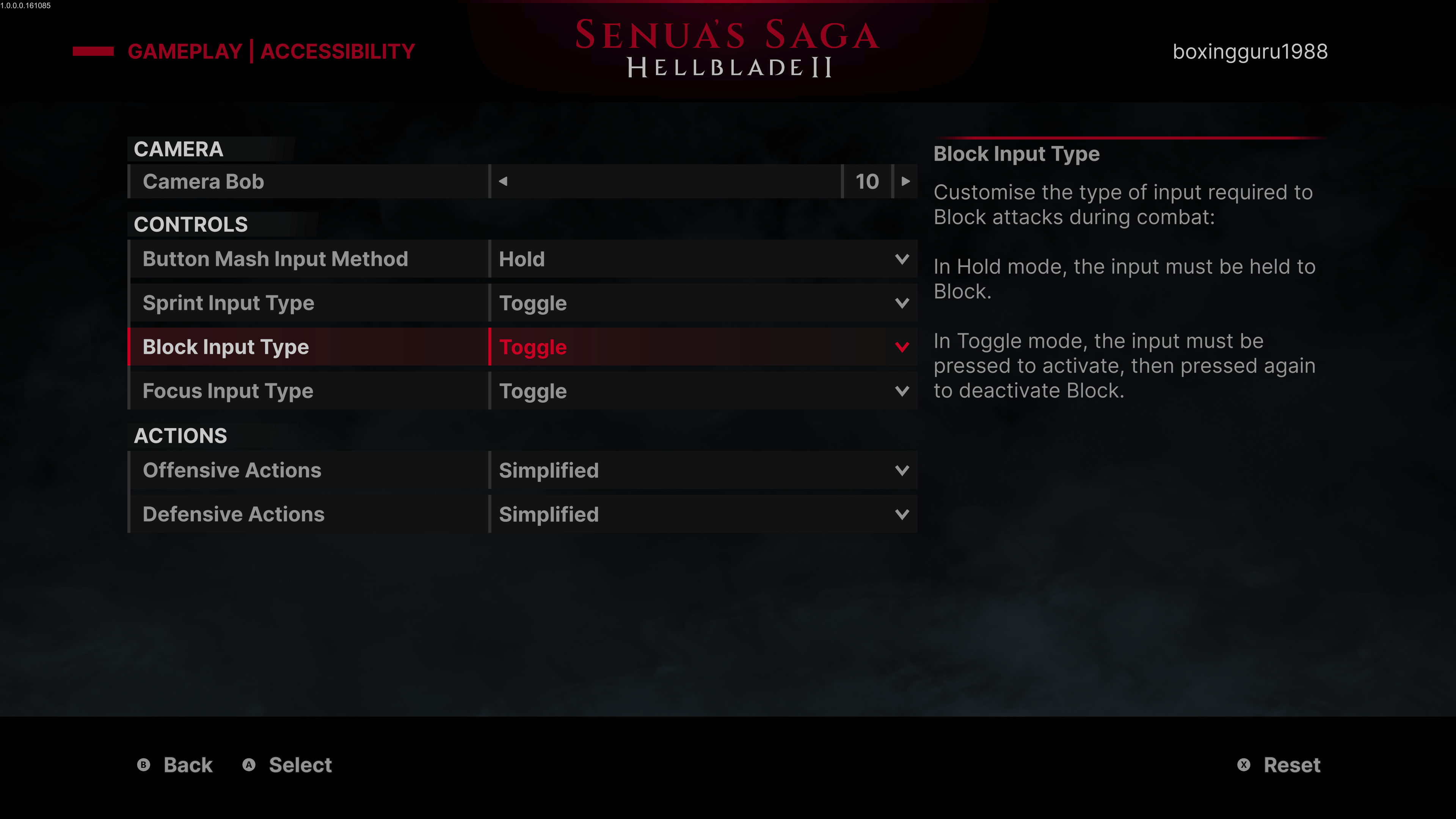
Combat is more forgiving
Senua’s quest for revenge unravels over six chapters consisting primarily of combat with brief puzzles interspersed that add variety. The goal of each chapter being to discover the hidden identity of the giant that rules a given area. In Senua’s world, names carry power and can reveal one’s debilitating weakness when uttered in close proximity. Combat is the bulk of the experience and the sequel is considerably more forgiving thanks to new design choices. However some aspects create big barriers for motor-impaired players.
Simplified combat
Choosing simplified combat for example makes the game automatically do what it deems to best to avoid an incoming strike. This can be a parry or an evasion, or focus to slow enemies and increase player speed, regardless of input. The idea behind this feature is a good one, as it’s intended to help players who don’t want to have to think about inputs under pressure and still execute the right move. However it’s not as effective in practice as Senua will often evade in the wrong direction, resulting in unnecessary damage. Fortunately, there are very good checkpoints in place here. While death is a rarity, it’s only a minor setback because you start close to where you were.
For players who wish to skip combat, there is an option that allows Senua to fight automatically without player input. This essentially turns battles into cutscenes, but admittedly I didn’t test this feature further. Having hands-on visceral combat helps me with immersion in cinematic experiences like this.
The sequel fixes one of its predecessor’s biggest barriers in the fact that players no longer need to face multiple opponents at once. This was a problem in the last entry due to the fact that you’d be fighting a particularly powerful foe only to be hit from behind by a weaker one you couldn’t see, Hellblade II avoids this by only allowing Senua to attack that which is directly in front of her, which no matter what is always just one enemy. In situations where it needs to appear as if she’s participating in large-scale battles, clever cinematography and scripted sequences are used to focus one enemy in front of the player.
Camera, lights, troubles
A barrier worth mentioning exists predominantly in the encounter with the first giant, in this encounter, the creature is destroying the ground under the player’s feet. Since there is no setting akin to Uncharted 4 wherein the camera automatically adjusts to follow player movement minimizing right stick use, the camera must be adjusted manually and any player who can’t run and turn the camera simultaneously will die repeatedly here.
Later in the game when seeking the hidden-folk Senua must stay in a source of light to survive. The light constantly shifts and is difficult to follow. So much so that this part almost made the game unplayable for me. I find it baffling that the developers are disability-conscious enough to automate combat, but not dexterity-intensive escape sequences.
A lack of guidance
Visual and audio accessibility are unfortunately the weakest areas of Hellblade II. For starters, while the explorable areas are linear and relatively small, there is no HUD helping players know they’re heading in the right direction. This is particularly problematic because so much of the game takes place in dimly-lit environments like similar looking caves. This will prove problematic for those with low vision.
Senua suffers from psychosis and as a result of her fragile mental state, hallucinates and hears voices. She and one of her new allies identify these as The Furies. These voices are a core game mechanic, as they influence Senua’s words and actions in the story. They call out enemies in combat, and let the player know when Senua’s focus ability is available. However, they don’t make you aware when you’re headed the right way. Not only is this a barrier for deaf and hard of hearing players despite being able to choose between small and large subtitle presets, and the fact that their words are oriented on the screen relative to the direction they’re speaking from, headphones are still required to hear them properly, and even with all volume setting maxed they speak in whispers and are difficult to hear.
Puzzled by props
Puzzles in the world generally consist of using Senua’s focus ability to find three environmental props. When viewed at the proper angle, these form outlines of Nordic runes in Senua’s mind that unlock the hallucinated gates. The Furies would make an excellent hint system, but don’t offer guidance. When they do speak up it’s vague.
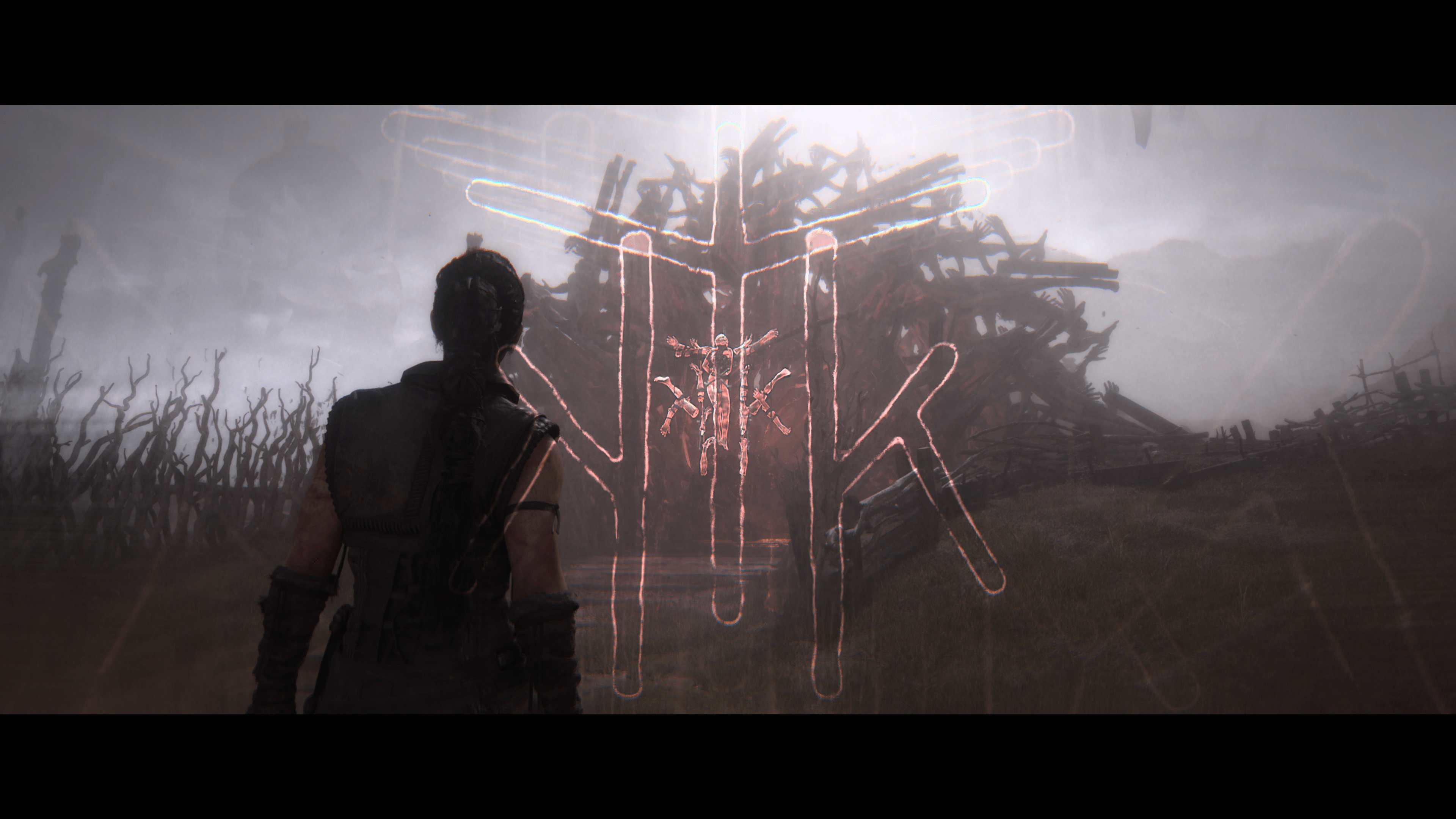
While looking for symbols, the object that needs to be focused on is typically surrounded by a colored version of the symbol it forms. A color-blind filter with an intensity slider is available to help visually impaired players with these. The furies then speak once to either say you’re close or that you must find a new angle. If players miss this, it doesn’t repeat without loading a previous save, even if you repeatedly walk by the solution.
It seems an odd design choice to not provide tactile or visual feedback when near the solution. The same occurs when the puzzles require shifting things around. The voices will say something changed, but players must guess because the change is never explicitly shown as it happens.
Conclusion
In conclusion, Hellblade II is much more accessibility-conscious than its predecessor, particularly when it comes to motor-impaired players. However, the features feel under-cooked. The inability to skip puzzle sequences, and lack of a HUD or visual and auditory feedback to guide players completely alienates many disabled players. The colorblind options do not help if players don’t know where to go in the first place.
A review copy of Senua's Saga: Hellblade II was provided by the developer / publisher.

